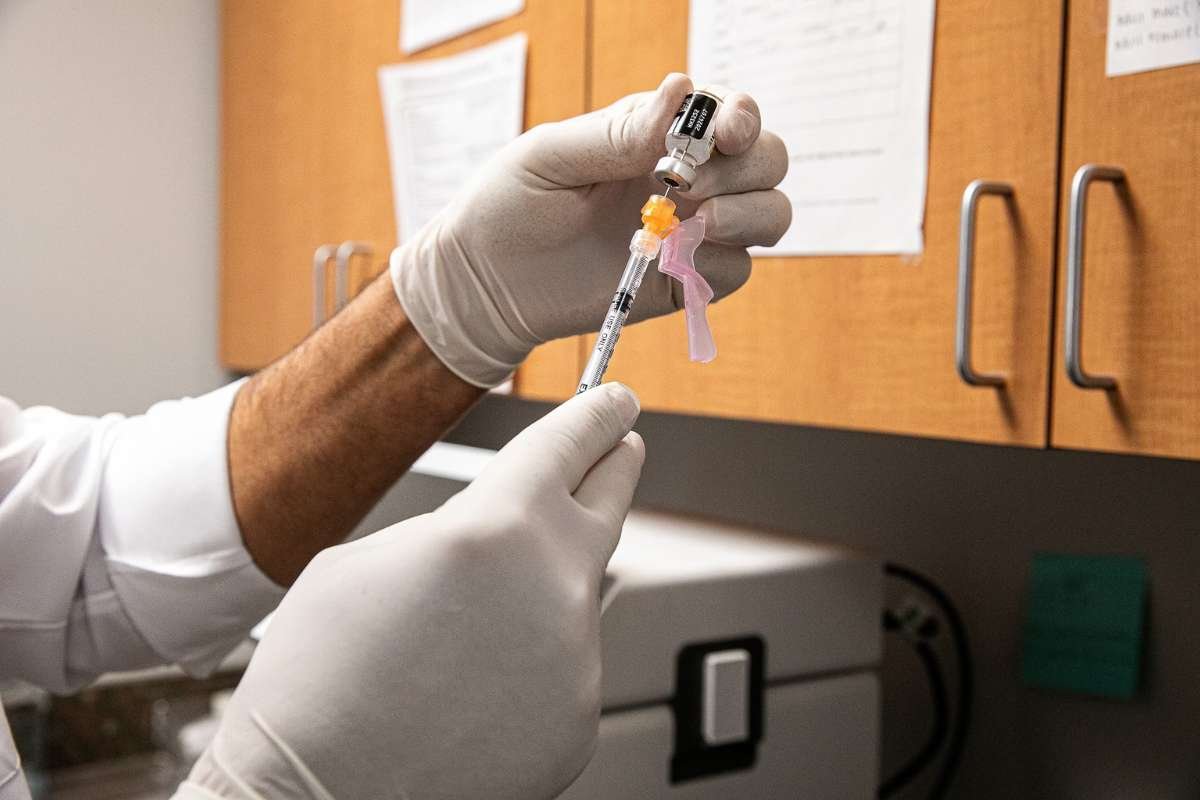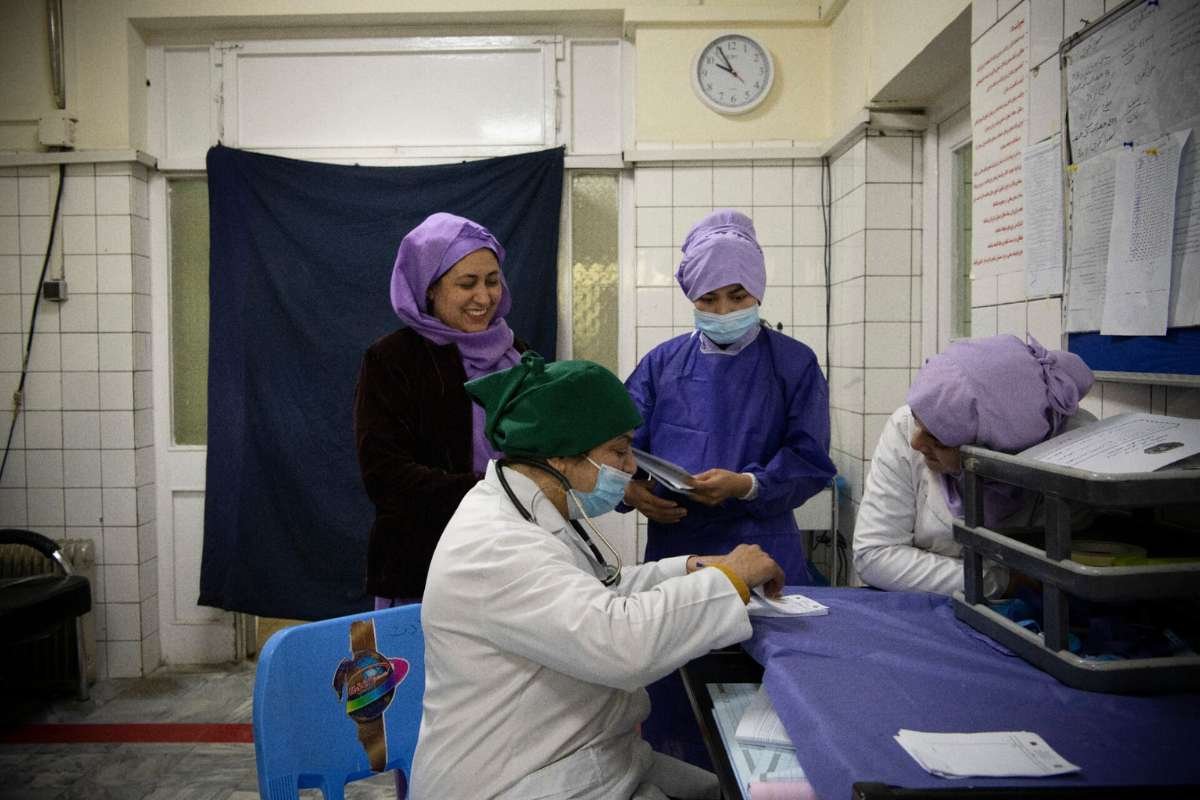What Is Fertility Tech?
Fertility tech means the tools and technologies that help people have children. It includes everything from simple tracking apps to advanced medical tools like IVF (In Vitro Fertilization) machines, embryo testing, and hormone treatments. These technologies are designed to help both individuals and couples who face problems in having a baby.
Why Fertility Tech Is Useful in 2025?
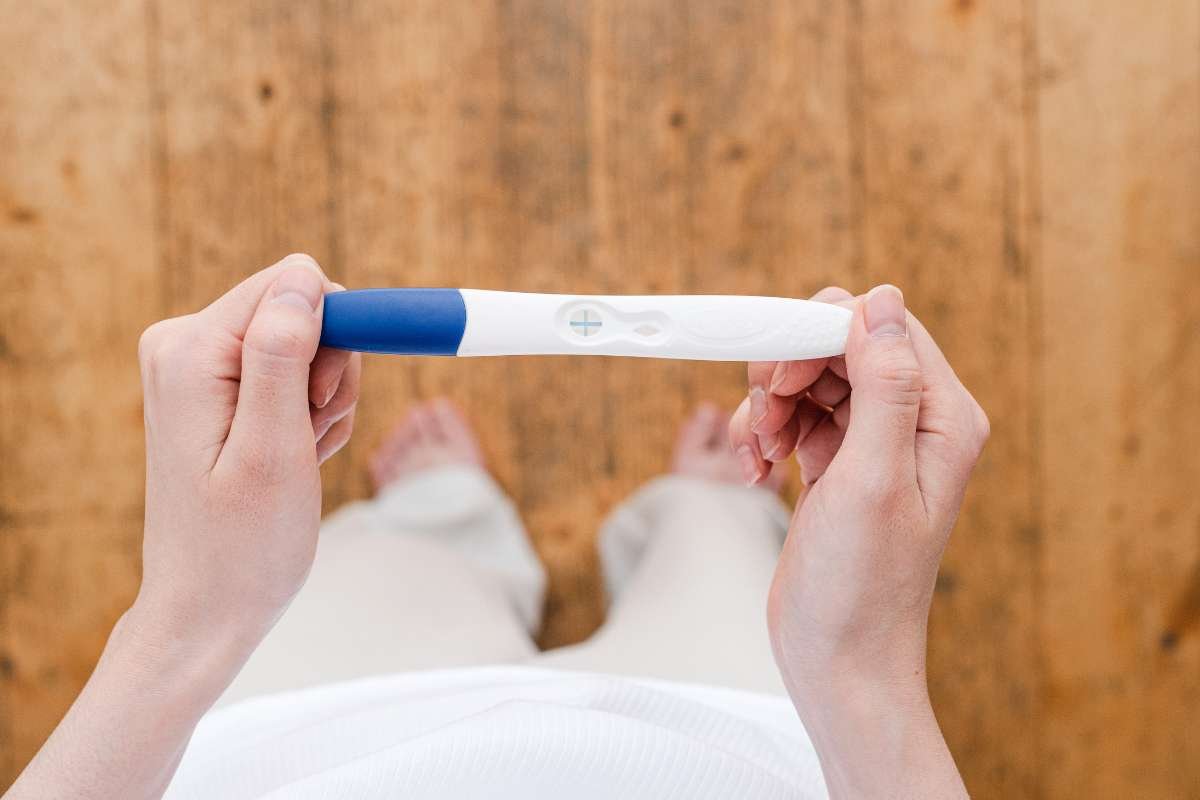
In 2025, fertility tech is helping more people become parents. Fertility problems are becoming more common because of stress, lifestyle changes, and health issues. At the same time, more people are choosing to have children later in life. This creates a need for better and smarter ways to support fertility.
Fertility tech in 2025 offers safer, faster, and more accurate solutions. It makes the process less painful and more hopeful. With the help of science, doctors can now choose the best embryos, avoid genetic problems, and give treatments that match each person’s needs. These changes give people more control over their fertility journey.
List of Fertility Tech in 2025
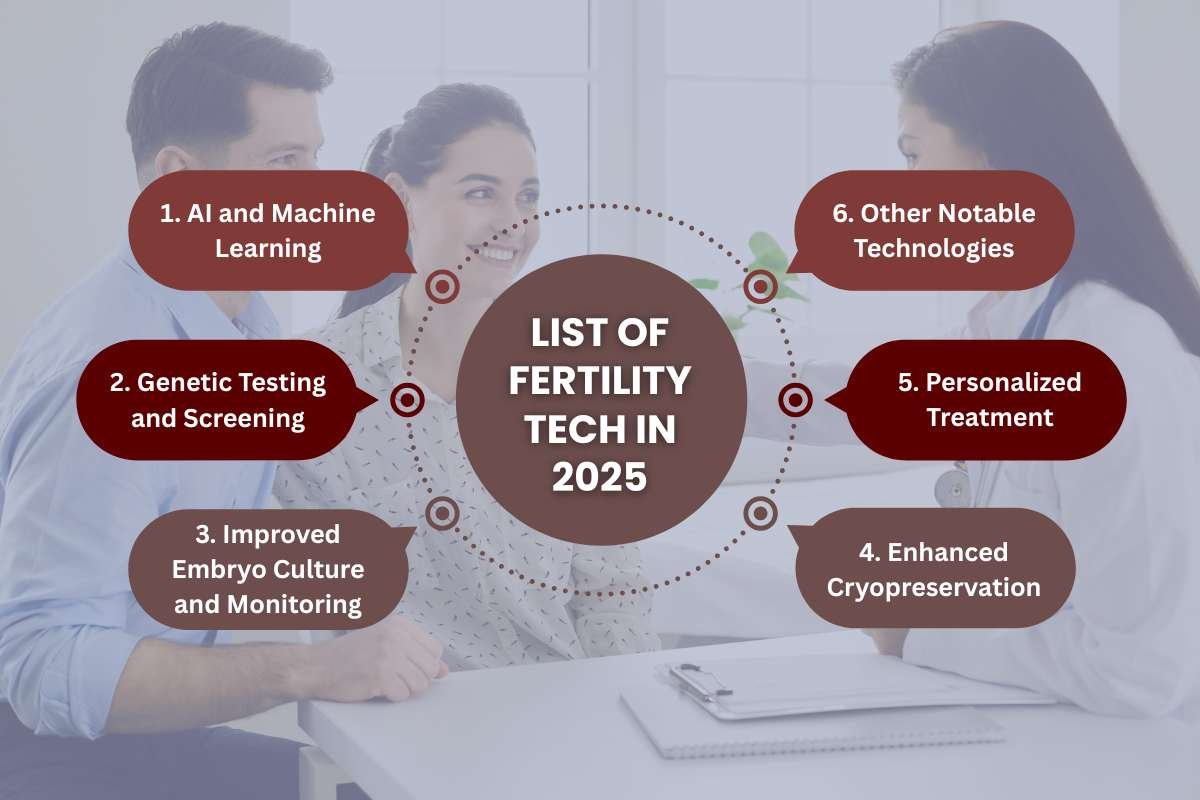
Here is a list of the most important fertility technologies in 2025. These are the tools that are changing how fertility treatments work today.
1. AI and Machine Learning
>. AI-Powered Embryo Selection
Doctors now use artificial intelligence to look closely at how embryos grow. AI helps find the best embryo to use, which increases the chances of pregnancy.
>.Smart IVF Incubators
These special machines keep embryos safe and healthy. They use sensors and smart software to copy the natural womb environment. This helps embryos grow better.
2. Genetic Testing and Screening
>.Preimplantation Genetic Testing (PGT)
PGT checks embryos for genetic problems before placing them in the womb. This increases the chance of having a healthy baby.
>.Non-Invasive Genetic Testing (niPGT)
This method tests the liquid around the embryo instead of the embryo itself. It avoids damage and still gives important health information.
3. Improved Embryo Culture and Monitoring
>.Time-Lapse Imaging
This camera watches embryos without touching them. Doctors can see how each embryo grows and pick the one with the best chances of success.
>.Advanced Culture Media
Culture media is the fluid where embryos grow. In 2025, this fluid is better than before. It helps embryos stay healthy and develop well.
4. Enhanced Cryopreservation
>. Vitrification
This is a fast freezing method. It keeps eggs, sperm, and embryos safe for later use. It stops ice from forming, which can damage the cells.
>. Improved Storage and Handling
Better storage tools keep frozen samples safe. These new methods protect the quality of the eggs, sperm, and embryos for future use.
5. Personalized Treatment
>. Personalized Hormonal Protocols
Not all bodies react the same way to treatment. In 2025, doctors adjust hormone doses for each person. This helps get better results and reduces side effects.
>. Uterine Receptivity Analysis (ERA)
ERA checks the best time to place the embryo in the womb. This test improves the chance of successful implantation by knowing when the uterus is ready.
6. Other Notable Technologies
>. Robotic Surgery
In some fertility treatments, doctors use robots to do surgeries with high precision. This helps reduce pain and recovery time.
>. Microfluidics
These are tiny tools that move small amounts of fluid. They help sort sperm and do other important tasks in fertility labs.
Final Thoughts
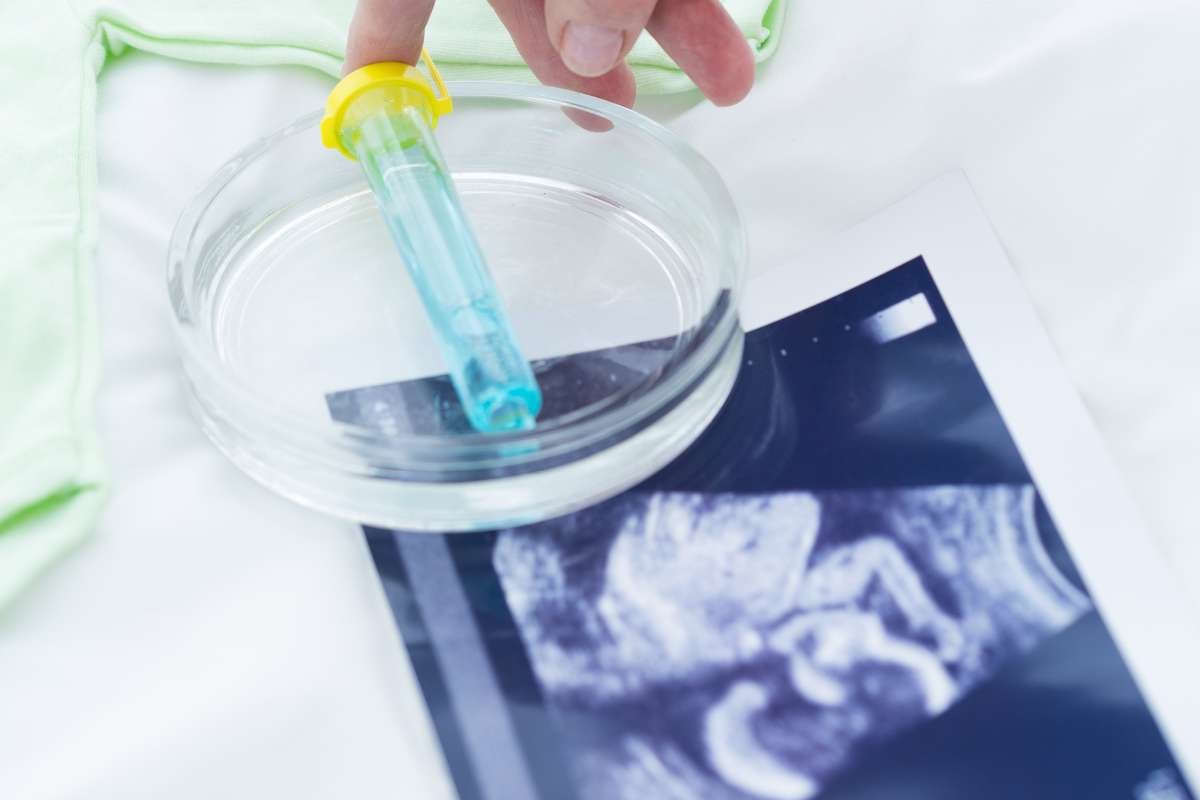
Fertility tech in 2025 is helping more people have children with less stress and more hope. It gives doctors better tools and gives patients better care. With AI, genetic testing, smart machines, and custom treatment plans, fertility technology is becoming more accurate, safe, and personal.
Whether someone is starting their journey or looking for better results, these new tools are bringing real change. Fertility tech is not just about science. It is about giving people the chance to grow their families.
Also Read :- What to Eat When You’re Expecting: The Best Foods for Pregnancy


